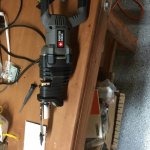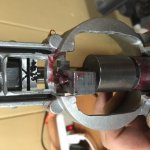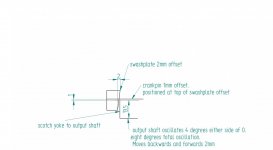Since I couldn't justify spending $1000+ on a power flaker, I decided to whip one up myself. I used a sawzall, gutted the reciprocating mechanism, and made a clutch with an eccentric cam / scotch yoke mechanism. I re-purposed the existing reciprocating shaft and was able to use the existing housing with exception of a small cutout. Here's a few pics...
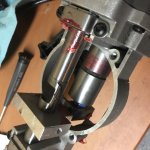
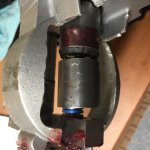


And the result (used aluminum as it's all I have around at the moment)
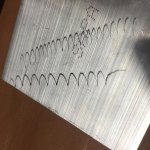
Hope you guys find this interesting. I hadn't really seen any type of shop made power flakers out there and thought I'd share what I put together. Enjoy!
-Ben




And the result (used aluminum as it's all I have around at the moment)

Hope you guys find this interesting. I hadn't really seen any type of shop made power flakers out there and thought I'd share what I put together. Enjoy!
-Ben


